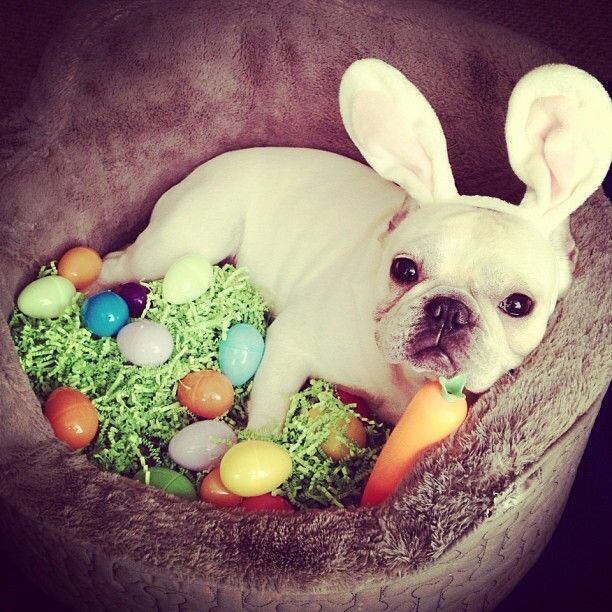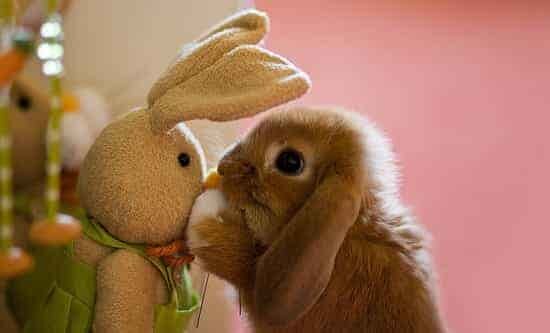
Cute Happy Easter Pictures
Apparently, the Easter Bunny can. He brings baskets of eggs to all the good little children. Along with the basket, Mr. Bunny adds some other candy and gifts for the special child. There is also a colorful assortment of eggs – Red, Blue, Green, Yellow, Speckled, Chocolate, Creme-Filled, Marbled, and Rainbow.
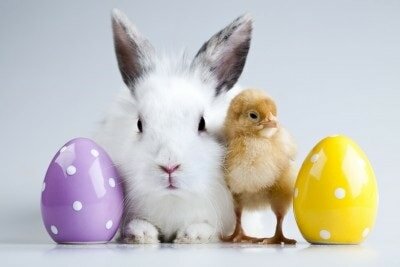
How did this whole story start? What made the Easter bunny keep laying eggs? How does the hare fit into the story at all?
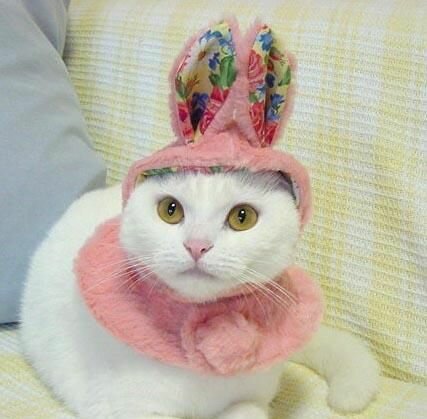
According to ancient legend, the Easter Bunny was once a large beautiful bird that belonged to Eostre, a goddess. She was symbolic of spring and fertility, and a festival was celebrated on the Vernal Equinox in her honor. Eostre decided one day to change her beloved bird into a hare. Because the hare is still a bird at heart, he continues to lay eggs in a nest. Hares and rabbits also serve as representations of abundant new life in the season of spring. It is actually a hare that symbolizes Easter.
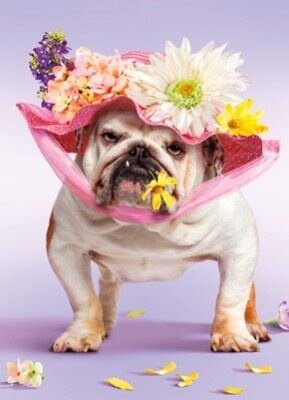
Jakob Grimm made a correlation in 1835. He made a connection between Osterhase (Easter Bunny) and Easter Eggs to the goddess Eostre. Critics say that there is a etymological relation between the words Eostre and the word for East. They also say it could mean something other than the goddess herself. So it is anybody’s guess.Some stories also say the hare is a representation of fertility. Religions from around the world associate the rabbit with the moon because of human and lunar rhythms.
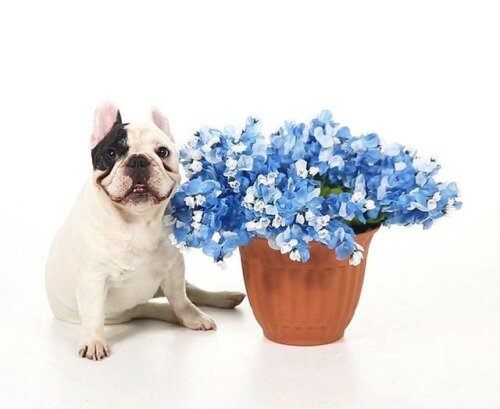
There are other bunnies just as famous as the Easter Bunny such as Brer Rabbit and the Briar Patch, Peter Rabbit who was created by Beatrix Potter, Bugs Bunny created in the late 1930’s, and Peter Cottontail which was written in the 1950’s. None of these are as well known or eagerly awaited for each Easter morning.
